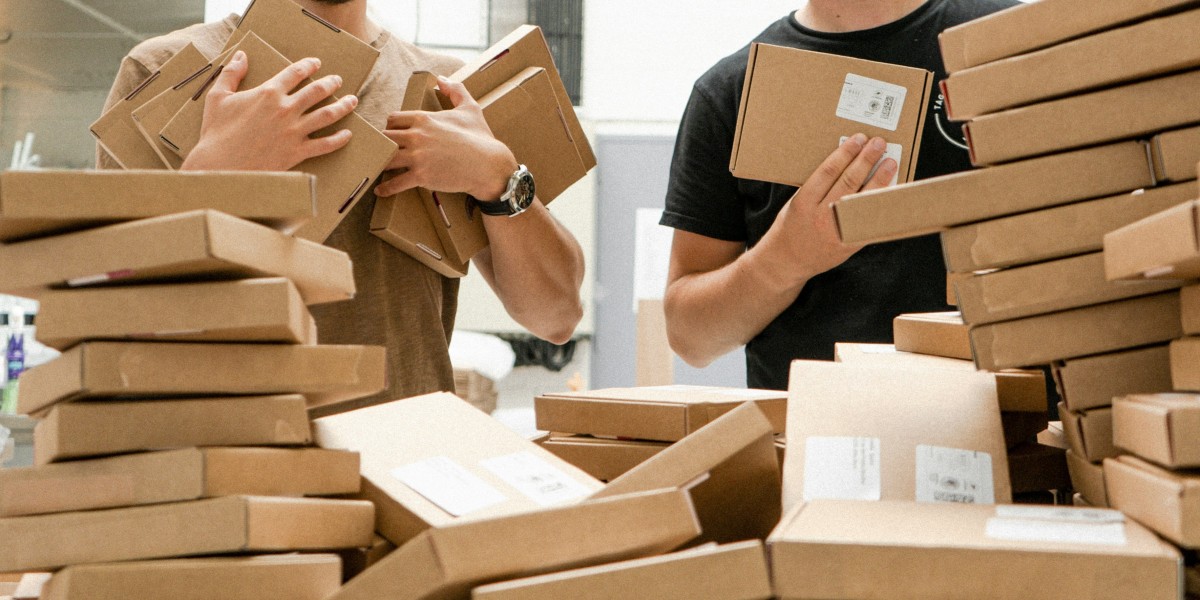Cosmetic Packaging Supplies: Elevate Your Brand with the Right Packaging Solutions
Packaging is more than just a container—it's a reflection of your brand's identity, a key to ensuring product integrity, and a powerful tool for attracting customers. In the highly competitive world of cosmetics, the right cosmetic packaging supplies can make all the difference. From eco-conscious materials to luxurious designs, every detail contributes to the customer experience. This article delves into the essential aspects of cosmetic packaging supplies, offering insights into why they are so crucial for brand success and customer satisfaction.
What Are Cosmetic Packaging Supplies?
Cosmetic packaging supplies refer to the various materials and containers used to store, protect, and showcase cosmetic products. These supplies come in a wide range of forms, including:
- Bottles
- Jars
- Tubes
- Droppers
- Airless containers
- Compacts
- Pumps
- Sprayers
Each type of packaging serves a specific function based on the product type. For instance, serums are often packaged in droppers to ensure precise application, while creams might come in jars or tubes for easy access. Whatever the product, selecting the right packaging is critical to both performance and presentation.
Why High-Quality Packaging Matters
Cosmetic packaging goes far beyond aesthetics. It plays an essential role in preserving the product's quality, ensuring safety, and appealing to consumers. Here are the top reasons why investing in high-quality packaging is a must for any cosmetic brand:
1. Protection and Preservation
Your cosmetic products are valuable, and they require packaging that protects them from external factors like air, moisture, and UV exposure. High-quality packaging ensures that your product maintains its efficacy, texture, and shelf life. For example, airless containers are designed to keep oxygen out, preventing oxidation and preserving ingredients such as vitamin C or retinoids, which are sensitive to air exposure.
2. Brand Image and Customer Appeal
In the cosmetic industry, packaging is often the first interaction a customer has with your brand. Attractive, well-designed packaging can evoke feelings of luxury, excitement, and trust. Whether your brand is focused on elegance or eco-friendliness, the right packaging aligns with your brand’s message and ethos. For instance, using recyclable or biodegradable materials can signal your commitment to sustainability, which is increasingly important to modern consumers.
3. Functionality and Ease of Use
Consumers expect cosmetic packaging to be functional and easy to use. Well-designed pumps, droppers, and sprayers ensure precise dispensing, reducing product waste and enhancing the user experience. For on-the-go consumers, packaging should be portable and secure, avoiding leaks or spills that could ruin their bag or purse.
4. Compliance and Safety
High-quality cosmetic packaging also meets regulatory standards, ensuring safety and compliance. Packaging materials must be compatible with the formula they contain to avoid contamination or degradation. Brands must ensure that their packaging complies with FDA or other international regulatory standards to protect consumers and avoid legal issues.
Sustainable Packaging: A Growing Trend
Sustainability is no longer a nice-to-have feature in cosmetic packaging; it is becoming a must for many brands. Eco-conscious consumers are demanding more sustainable options, and many companies are rising to the challenge.
Sustainable packaging includes materials that are:
- Recyclable: Glass, aluminum, and certain plastics can be recycled and reused, reducing the environmental footprint.
- Biodegradable: Materials like bamboo, paper, and some plant-based plastics break down more easily than conventional plastics, making them a greener option.
- Refillable: Offering refillable containers encourages repeat purchases and reduces waste, aligning with the circular economy model.
Brands that adopt sustainable practices in their packaging are often viewed as forward-thinking and environmentally responsible, which can build consumer trust and loyalty.
Customization for a Competitive Edge
Cosmetic packaging is also an opportunity to differentiate your brand in a crowded market. Customization options allow you to create packaging that is not only functional but also unique to your brand. Consider the following elements when customizing your packaging:
Material Choice
Choose materials that align with your brand identity. For a luxurious feel, glass or metal packaging can create a premium, weighty experience. For eco-conscious brands, using recyclable or biodegradable materials like cardboard, bamboo, or bioplastics reinforces your sustainability message.
Design and Aesthetics
From bold, eye-catching colors to minimalist designs, the appearance of your packaging can influence consumer perception. High-end brands may choose sleek, understated packaging, while vibrant, playful colors might appeal to a younger, trendier audience.
Functionality
Packaging that is user-friendly and offers convenience, like pump dispensers, airless tubes, or roll-ons, adds value to the consumer experience. Easy-to-use packaging fosters positive interactions with the product and boosts customer satisfaction.
Innovations in Cosmetic Packaging
The cosmetic packaging industry is constantly evolving, with innovations enhancing both functionality and sustainability. Some of the latest trends include:
Smart Packaging
Technology is finding its way into packaging, with the rise of smart packaging solutions. QR codes, NFC (Near Field Communication) tags, and augmented reality (AR) features offer consumers more information about the product, from ingredient transparency to tutorials and usage tips.
Airless Technology
Airless packaging protects sensitive formulas from exposure to air and contaminants, ensuring a longer shelf life. This is especially important for preservative-free or natural products, which are prone to spoilage.
Recyclable and Refillable Solutions
Innovative brands are developing new ways to offer recyclable and refillable packaging, encouraging consumers to reduce waste. Refill stations for products like liquid soaps or foundations are becoming more common, allowing consumers to reuse their original containers and cut down on plastic consumption.
Frequently Asked Questions (FAQs)
1. What is the best material for cosmetic packaging?
The best material depends on the product and brand ethos. Glass is often chosen for luxury or natural products because of its premium feel and recyclability. Plastic is lightweight and affordable but should be chosen carefully to ensure it’s recyclable or biodegradable. Aluminum is another excellent option for products that need to be airtight and protected from light.
2. How can I make my cosmetic packaging more sustainable?
Consider using eco-friendly materials such as recycled plastic, glass, bamboo, or paperboard. Opt for refillable containers or biodegradable packaging to minimize waste. You can also explore using minimalistic designs to reduce the overall material used.
3. What is airless packaging, and why is it important?
Airless packaging prevents air from coming into contact with the product inside. This is important for preserving formulas that are sensitive to oxidation, such as skincare products with active ingredients like vitamin C or retinoids. Airless packaging helps extend shelf life and maintain product efficacy.
4. Can I customize my cosmetic packaging?
Yes! Most cosmetic packaging suppliers offer customization options, including size, color, material, and branding. Custom packaging allows you to create a unique look that resonates with your target audience and stands out on store shelves.
5. What should I look for in a cosmetic packaging supplier?
Look for a supplier with a strong reputation, who uses high-quality materials and offers customization options. They must also comply with regulatory standards for safety. Ideally, they should also offer sustainable packaging options to meet the growing demand for eco-friendly products.
Conclusion
Cosmetic packaging supplies are more than just containers; they are an integral part of a brand's identity and the customer experience. Whether focused on sustainability, luxury, or functionality, the right packaging can elevate your products, protect your formulations, and foster consumer loyalty. Staying ahead of packaging trends and choosing high-quality, innovative solutions set your brand up for success in the competitive cosmetic industry.







